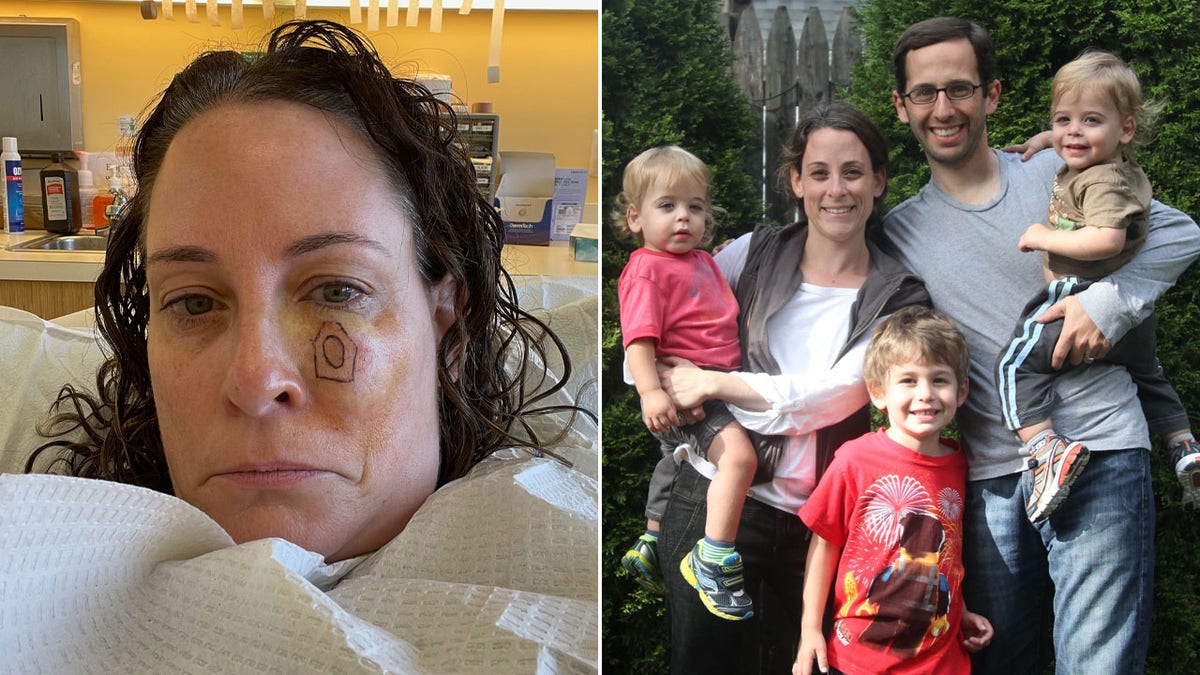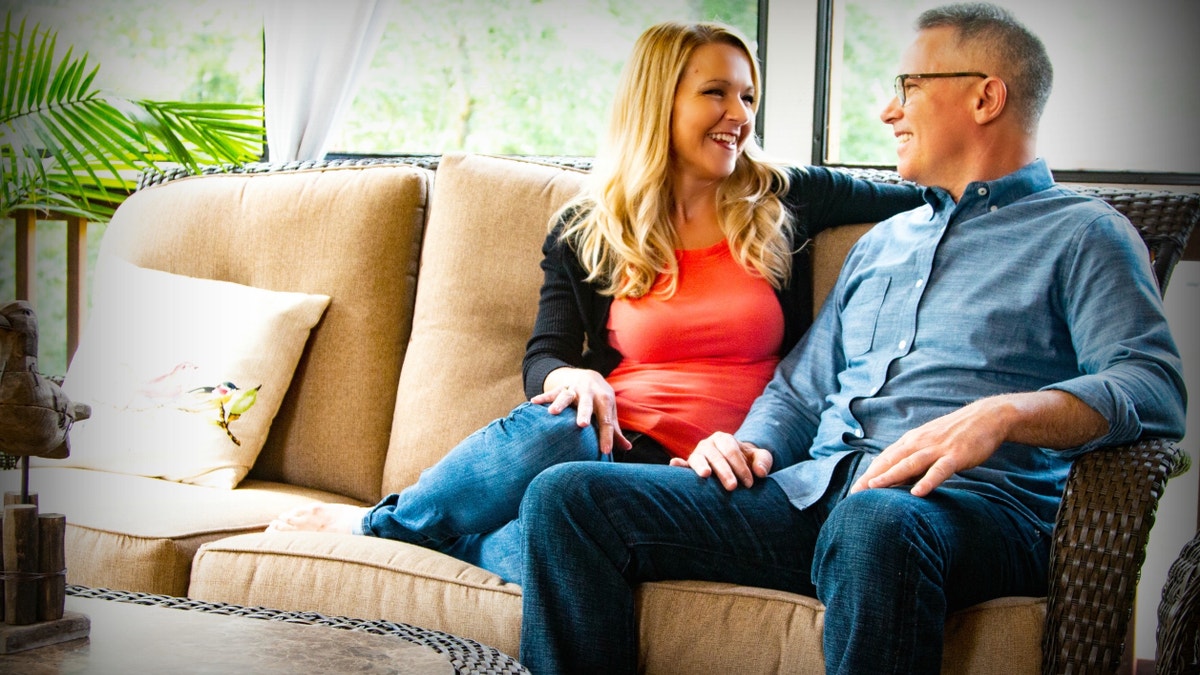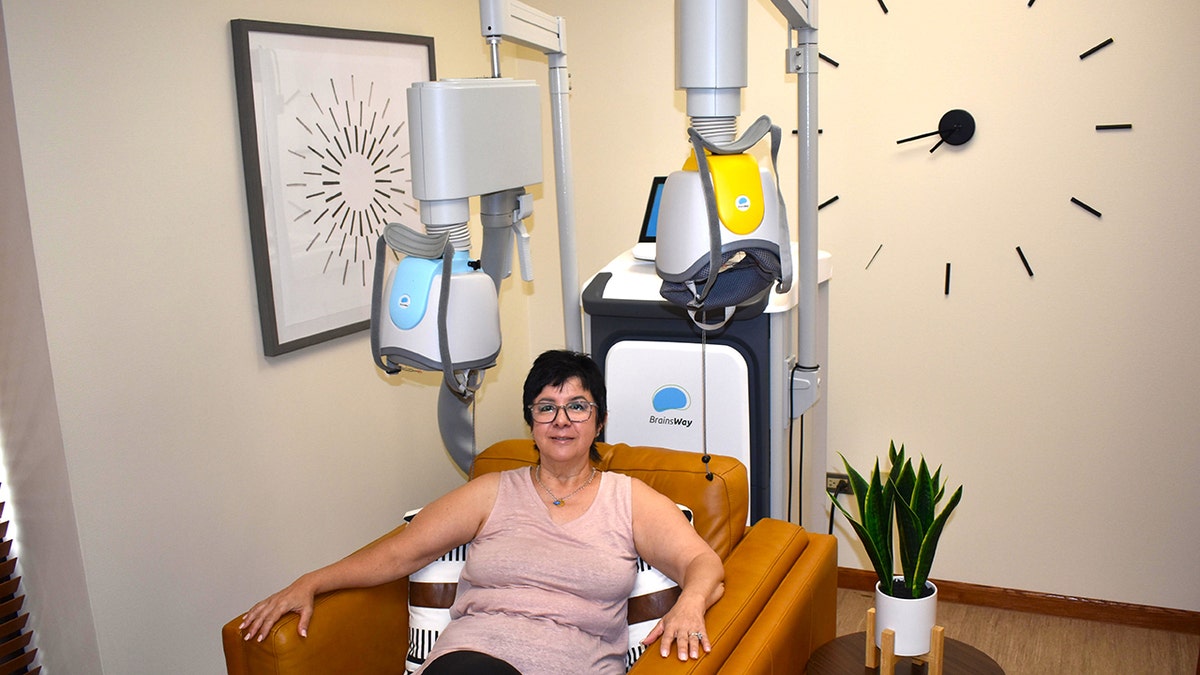Health
A Theory of Childbirth’s Evolution May Not Be What You’re Expecting

It’s a question on every new parent’s exhausted mind: Why are babies born so helpless? In 1960, an American anthropologist laid out an influential explanation rooted in human evolution.
As our early ancestors began walking upright, Sherwood Washburn argued in 1960, they evolved a narrower pelvis to make walking long distances more efficient. At the same time, those hominins were evolving larger brains. And babies with big heads could get stuck in a tight birth canal during delivery, threatening the lives of mothers and babies alike.
According to Dr. Washburn, evolution dealt with this “obstetrical dilemma,” as he called it, by shortening pregnancies, so that women delivered babies before the infant brain was done growing.
Dr. Washburn’s theory was hugely influential and became a common lesson in biology classes. “Sapiens: A Brief History of Humankind,” a 2011 best-selling book, presented the obstetrical dilemma as fact. Many researchers still embrace it.
But a detailed review of the evidence, slated to be published soon in the journal Evolutionary Anthropology, threw cold water on the idea. In the review, Anna Warrener, a biological anthropologist at the University of Colorado Denver, argued that the evidence to date did not offer strong support for the obstetrical dilemma, and that scientists had not paid enough attention to possible alternatives. What’s more, the scientist said, the idea sends a pernicious message to women that pregnancy is inherently dangerous.
“It perpetuates a narrative of bodily incompetence,” Dr. Warrener said.
In graduate school, Dr. Warrener did not see any reason to doubt the obstetrical dilemma. For her dissertation, she investigated one of Dr. Washburn’s key assumptions — that women walk less efficiently than men do because their pelvis is wider for childbirth. But in 2015, after studying volunteers walking on treadmills, Dr. Warrener found that having a wider pelvis did not create a bigger demand for oxygen.
“The data came in, and I was like, Wait a minute — I may have gotten some of the story wrong,” she recalled.
Holly Dunsworth, a biological anthropologist now at the University of Rhode Island, also became disenchanted with the obstetrical dilemma when she took a close look at the evidence. “I was scandalized,” she said.
In 2012, she and her colleagues published a study on the length of pregnancies in humans and other primates. They found that, in general, bigger primates tended to have longer pregnancies than smaller ones. For their size, humans don’t have shortened pregnancies. If anything, human pregnancies are longer than one would predict for a primate of their size.
Since then, Dr. Dunsworth has become a strong critic of the obstetrical dilemma, arguing that the timing of childbirth is determined by the size of babies’ bodies, not their heads. The birthing process begins when a fetus demands more energy than a mother’s body can provide, she proposes. “We’re giving birth to massive babies,” she said.
Other scientists, however, have come to the theory’s defense, while admitting that its original conception was overly simplistic.
In a study published last month, a team of researchers argued that the difference between the male and female pelvis shows signs of natural selection acting in different directions. While human males are bigger and taller on average than human females, certain parts of their pelvises are relatively smaller. The biggest differences are in the bones that surround the birth canals in human females.
Despite these differences, the female pelvis still creates a tight fit between a baby’s head and the birth canal, sometimes putting both the baby and mother in peril.
“So why did natural selection not manage to kind of resolve this situation and make birth a little less risky?” asked Nicole Grunstra, an evolutionary anthropologist at the University of Vienna and one of the study’s authors. “It has evolved to be an evolutionary compromise between competing demands,” she said — in other words, to solve an obstetrical dilemma.
But Dr. Grunstra acknowledged flaws in Dr. Washburn’s original version of the theory. She suspected that walking may not have been the most important factor in the evolution of the pelvis. Merely standing upright, she said, might have put pressure on the pelvic floor, preventing the evolution of a more spacious birth canal.
The skeptics aren’t convinced by these arguments. In her new review, Dr. Warrener questioned whether babies getting stuck in birth canals have posed a major threat to women’s lives. It is far more common, she noted, for new mothers to die from blood loss or infections.
She also criticized the way in which Dr. Grunstra and other defenders of the obstetrical dilemma make the case for their hypothesis. In her view, they assume that every piece of human anatomy has been fine-tuned by natural selection for a specific job.
Sometimes, Dr. Warrener said, adaptations are flukes. For example, some of the genes that build the pelvis are also active in the development of other parts of the skeleton. If another bone in our body were to evolve into a new shape, the pelvis might change simply as a byproduct — not because it was evolving for walking or childbirth.
“I think sex differences in the pelvis have been somewhat of a red herring,” Dr. Dunsworth said. Like other bones, the pelvis does not have a fixed shape encoded in a genetic blueprint. Its development is influenced by the tissues around it, including the uterus, the ovaries and other organs. The proportions of the female pelvis may result in part from all the organs that grow inside it.
Both Dr. Dunsworth and Dr. Warrener worry that the obstetrical dilemma leads to a widespread notion of the female body as inescapably defective.
“That just makes us feel like problems that need to be solved by medicine,” Dr. Dunsworth said. That narrative may play a part in the medicalization of childbirth in recent decades, she added.
The World Health Organization has warned that doctors are increasingly performing unnecessary medical intervention on mothers, while chronic disorders that can threaten maternal health — such as high blood pressure, obesity and diabetes — get little attention.
“The way we live now probably doesn’t lead us to meet the challenge of childbirth as well as our bodies did when they developed differently in the past,” Dr. Dunsworth said.
But recognizing the over-medicalization of modern pregnancy doesn’t end the debate about its origins, Dr. Grunstra said. “That does not in itself mean that evolutionary explanations are wrong,” she said.

Health
7 important health stories you might have missed this week: Catch up here

Every day of the week, Fox News Digital publishes a range of health pieces to keep you up-to-date on the most important wellness news.
We cover cutting-edge medical research, breakthrough medications, mental health challenges, personal medical dramas and more.
In case you missed them, here are a few of our biggest health stories from this week.
CLICK HERE TO SIGN UP FOR OUR HEALTH NEWSLETTER
You can see a full list of recent health pieces at http://www.foxnews/health.
1. Hunger could be tied to sleep, expert says
If you’re feeling hungrier than usual lately, your sleep routine could be the culprit. A nutritional biologist offers tips for regulating sleep and curbing unhealthy cravings. Click here to get the story.
The food you eat can determine the quality of your sleep, according to experts. Here are the latest findings. (iStock)
2. Health agencies issue bird flu update: ‘Alert, not alarmed’
The CDC and WebMD teamed up this week to deliver an hour-long update on Thursday about the current bird flu outbreak. Fox News Digital breaks down the most important points. Click here to get the story.

Experts assured the public that drinking pasteurized milk remains safe. (iStock)
3. Melanoma patients share their stories
For Skin Cancer Awareness Month, two melanoma patients are speaking up about their symptoms, treatment and prevention tips to help others avoid the potentially deadly disease. Click here to get the story.

Abby Weiner, pictured at left and at right with her husband and sons, was diagnosed with melanoma in Oct. 2023. (Abby Weiner)
4. Report reveals staggering discrepancy in health care costs
Patients with private health insurance could be charged up to 300% more than those with Medicare, a new report reveals. Doctors explain the reasons for the sticker shock. Click here to get the story.

The new report published the names and pricing models of more than 4,000 U.S. hospitals. (iStock)
5. Pastor shares important message about depression
A Dallas pastor who fought his own depression battle shares how he overcame the disease – and why it’s so important for those in church leadership to seek help when they need it. Click here to get the story.

Mark Dance, pictured with his wife, Janet Dance, said he suffered through a three-year period of depression while serving as a pastor. (Dr. Mark Dance)
6. Nurse’s depression is cured through breakthrough tech
A Chicago nurse struggled with COVID-19-related PTSD and depression for years until electrical brain tapping therapy finally gave her a new lease on life. Click here to get the story.

“Had I not had this treatment today, I don’t know where I’d be,” the patient told Fox News Digital. (Melanie Eilers)
7. Young vaper shares warning after nearly dying
A 22-year-old man in Nebraska required a double lung transplant due to vaping. Jackson Allard shares his story as a cautionary tale. “I had a 1% chance to live,” he said. Click here to get the story.

This week’s health stories have included a pastor’s depression journey, the sleep-hunger connection, health care cost discrepancies, bird flu updates and more. (Mark Dance, iStock)
For more Health articles, visit www.foxnews.com/health.
Health
Introducing Our Product Reviews Team, and How We Review | Woman's World

Sign Up
Create a free account to access exclusive content, play games, solve puzzles, test your pop-culture knowledge and receive special offers.
Already have an account? Login
Forgot your password?
Get back to the Sign In
Use left and right arrow keys to navigate between menu items.
Use escape to exit the menu.
Health
What You Should Know About the Military Diet: Experts Weigh In | Woman's World

Sign Up
Create a free account to access exclusive content, play games, solve puzzles, test your pop-culture knowledge and receive special offers.
Already have an account? Login
Forgot your password?
Get back to the Sign In
Use left and right arrow keys to navigate between menu items.
Use escape to exit the menu.
-

 World1 week ago
World1 week agoIndia Lok Sabha election 2024 Phase 4: Who votes and what’s at stake?
-

 News1 week ago
News1 week agoSkeletal remains found almost 40 years ago identified as woman who disappeared in 1968
-

 Politics1 week ago
Politics1 week agoUS Border Patrol agents come under fire in 'use of force' while working southern border
-

 Politics1 week ago
Politics1 week agoTales from the trail: The blue states Trump eyes to turn red in November
-

 World1 week ago
World1 week agoBorrell: Spain, Ireland and others could recognise Palestine on 21 May
-

 World1 week ago
World1 week agoCatalans vote in crucial regional election for the separatist movement
-

 World1 week ago
World1 week agoEurope matters to consumers, and so does your vote
-

 Politics1 week ago
Politics1 week agoNorth Dakota gov, former presidential candidate Doug Burgum front and center at Trump New Jersey rally
















